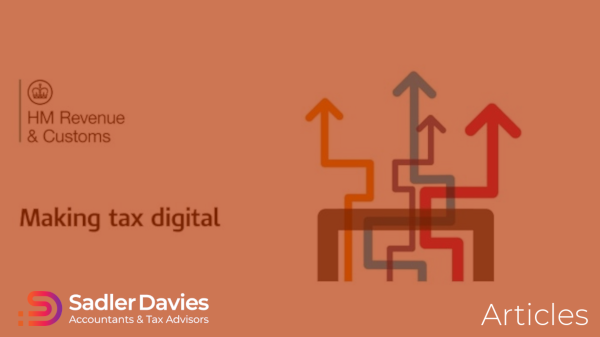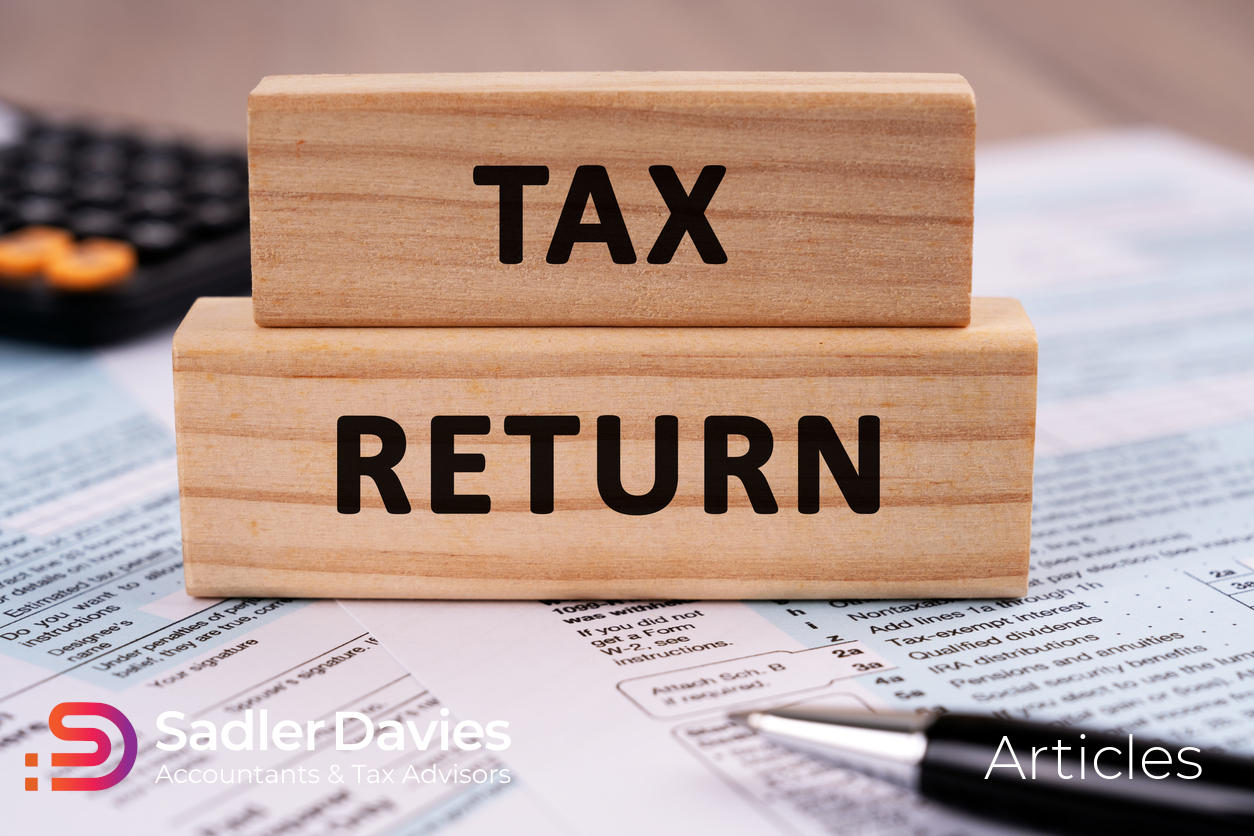
Making tax digital: the clock is ticking
The essence of the scheme is to move the self-employed and landlords away from doing an annual self-assessment tax return and towards using software or spreadsheets to record and report income and expenditure for each quarter.
MTD is a long-term strategy to fully digitise and integrate HMRC’s systems, and ditch legacy systems. As a result, the tax authority expects to increase the amount of tax it collects and reduce fraud and error.
Businesses are being told they can expect a number of benefits from MTD; however, these voices are usually from HMRC, software providers and professional advisers. While the aims of the new system all make sense, the scheme risks placing further burdens on small businesses – HMRC has admitted that MTD will cost each user an average of £110 each year in software subscriptions, time and professional fees.
Many businesses have yet to be convinced of MTD’s merits.The quarterly reporting requirement will seem onerous to those who have a modest and predictable income, and the extra expenditure on software and professional fees will be unwelcome, as will be the time spent away from profit-generating activities servicing MTD’s requirements.
Following the hike to employer national insurance contributions and the 6.7% rise to the national minimum wage due in April(against an annualised increase in inflation last January of 3%), it is all to easy to see it as another anti-growth measure.
How much the Treasury will benefit from MTD is another question. MTD’s development costs went far over budget, from a forecast £226 min 2016 to £1.3bn in 2023, and there will be further costs as the roll-out gets under way.
And, while reducing the tax gap – the difference between tax owed and tax collected – is highly desirable, this will be quite a feat as in fact it has been increasingly rapidly for smaller companies, both in share and quantity. In 2021-22, small businesses’ share of the tax gap was 56% (£22.6bn),up from 44% (£17.8bn) in 2018-19. Nothing about MTD will stop small-scale traders taking cash for jobs and not putting it through the books so the claims about reducing fraud seem like wishful thinking.
However, the unconvinced sole trader or landlord can take comfort from the fact that immediate action is not required. What is happening in April is that HMRC will start to write to people affected by MTD to explain the changes and tell them how to get ready for them. This means those in scope– people who are registered for self assessment, get income from self-employment or property and have a qualifying income above £30,000 – have at least the 2025-26 tax year to get ready. Tax agents start getting letters in March 2025.
The new regime from April 2026
From the start of the April 2026 tax year, taxpayers with a qualifying income of more than £50,000 will have to adopt MTD. From April 2027 those with qualifying incomes above £30,000 will have to join the system and sometime during this Parliament even people earning above £20,000 will have to sign up for MTD. The onus is on people to register for MTD, HMRC will not do it for them. At some point, people in partnerships will also have to sign up to MTD as will limited companies.
Qualifying income can be from more than one source, so from 2026, for example, a sole trader who also lets out a property will be assessed on the total of both activities so will have to switch to MTD if both incomes add up to more than £50,000.
One thing that hasn’t changed is the 31 January deadline for the annual declaration and for the balancing payment and first payment on account. The July payment on account will stay for the foreseeable future and businesses won’t have to pay tax four times a year.
The key changes
There are three principal components to MTD: a requirement to use digital software for record keeping; quarterly reporting and the end declaration.
Requirement for tax software
Digital record keeping must be done with government-approved software or spreadsheets. .Approved packages can be found at gov.uk and the government has said free software will be available for businesses that have straightforward tax affairs. A standalone spreadsheet will not be acceptable; it will need to link to HMRC’s application program interfaces platform or to approved MTD software.
MTD users can either populate the software with data manually or can link it to their online business bank accounts or data capture software. They can also carry on using current spreadsheets or accounting software so long as it is compatible with MTD. HMRC says it expects more packages to become available over time.
People who like the sound of MTD and can’t wait until 2026 can join HMRC’s beta programme, allowing them to be early adopters.
Reporting requirements
The standard four reports a year are for each business so the sole trader who is also a landlord will have to do eight reports. However,these will be fairly basic records of income and expenditure, and when they were received or incurred. A landlord with multiple properties need only report on total income and expenditure, rather than breaking it down by property.
Businesses under the VAT threshold can use ‘three line accounts’, which means income and expenditure do not have to be allocated to a particular category. Although reporting requirements will become more frequent, they will not become more detailed. VAT-registered businesses will already be familiar with MTD as it became mandatory for them in April 2022.
Reassuringly for those concerned that the extra reporting requirements could put them at more risk of fines for an innocent mistake, the quarterly reports do not include a declaration and penalties are not handed out for mistakes that are rectified over the year.
End declaration
This will be more detailed than the quarterly reports. It is assumed it will be similar to the self assessment tax return and helpfully will be pre-populated with the already submitted data. At this point non-business income, eg, from dividends or asset sales, should be included and any reliefs or allowances can be claimed.
The quarterly periods
The quarters follow on logically from the start of the tax year.
Period covered Filing deadline
Quarterly update 1 6 April to 5 July 7 August
Quarterly update 2 6 April to 5 October 7 November
Quarterly update 3 6 April to 5 January 7 February
Quarterly update 4 6 April to 5 April 7 May
Companies can opt to do calendar reporting, based on the quarters of the year, beginning 1 April to 30 June and so on.
What will happen to self assessment?
For those outside the scope of MTD, self assessment will remain for the time being but it is likely a revised form of it will be introduced at some point.
Adjusting to MTD
MTD should give businesses a more real-time idea of their financial health, error and fraud should be reduced, and the end of year assessment should be easier to complete, given that a lot of the work for it will already have been done.
Businesses still using paper-based systems probably do need to be nudged into going digital and the use of accounting software should reduce time spent on record keeping as well as making compliance easier.
Angus Walker 20.03.2025






